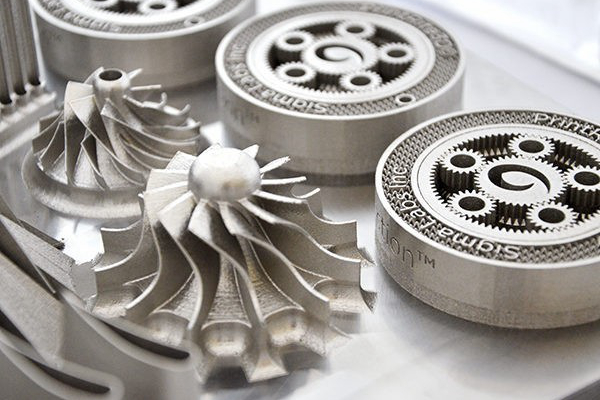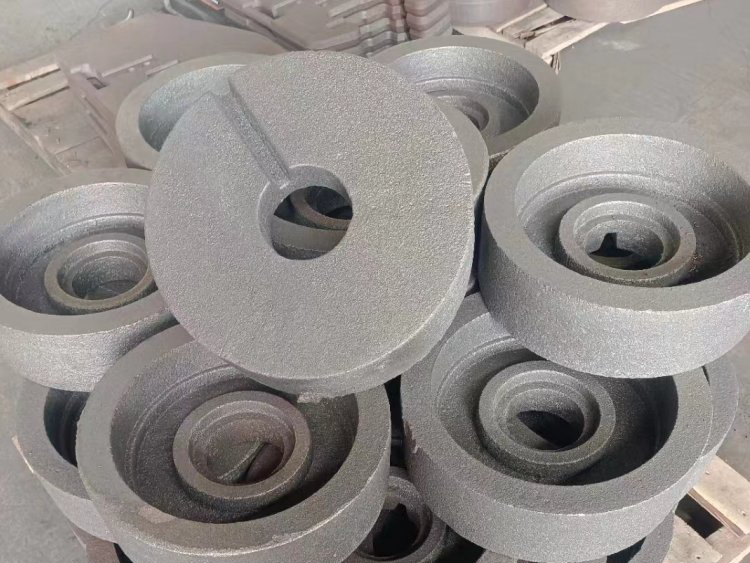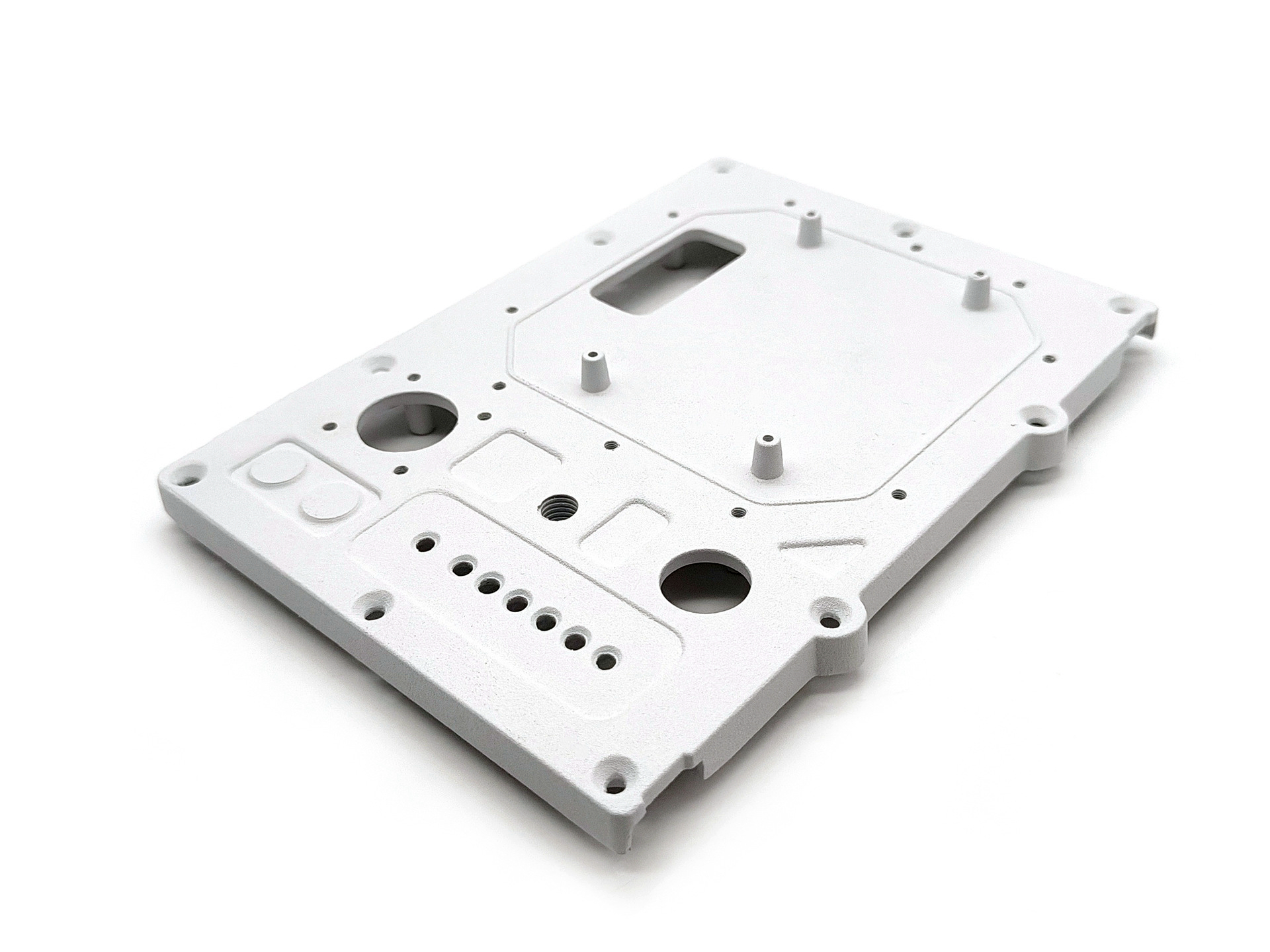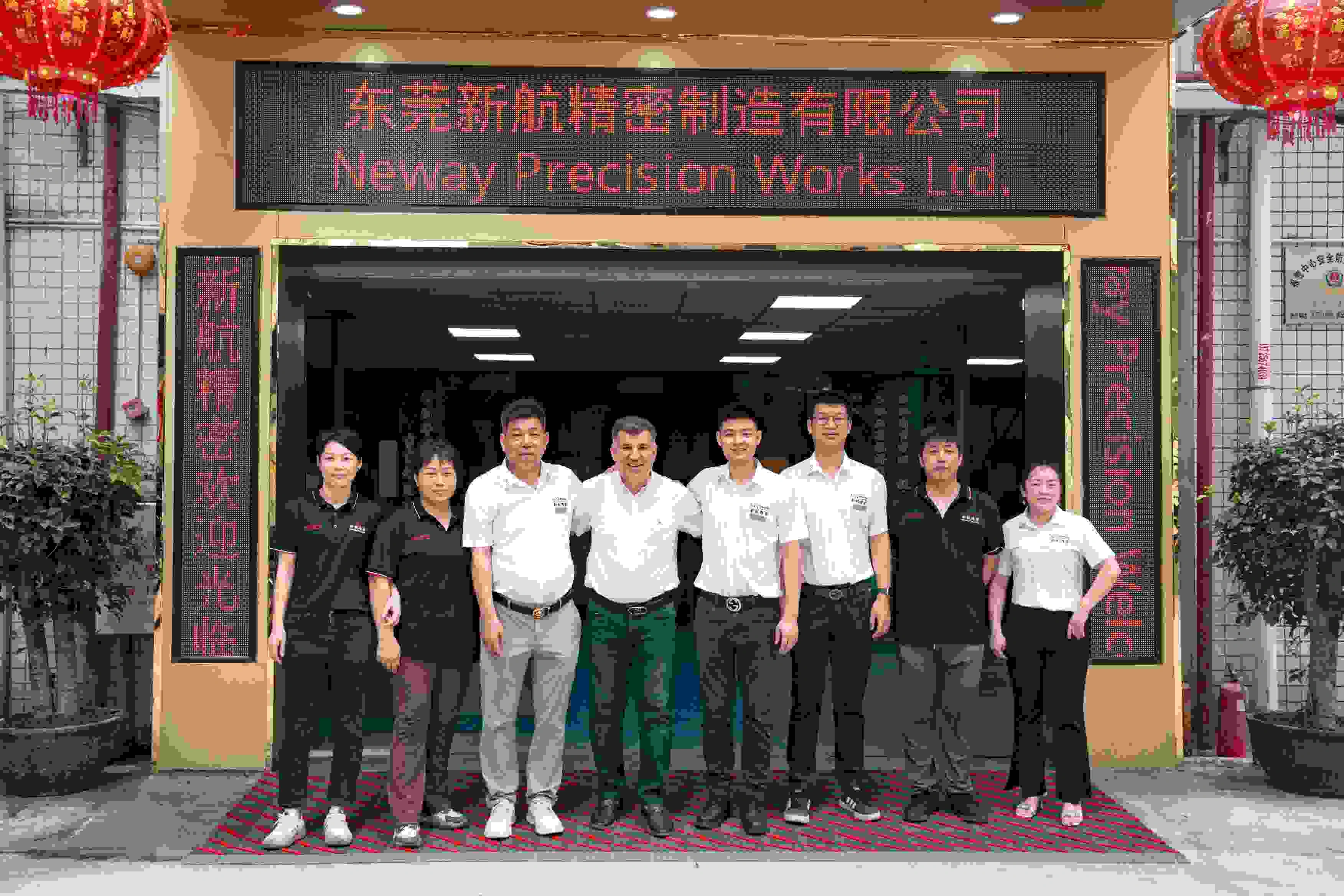What is the typical production volume where die casting becomes cost-effective?
What Is the Typical Production Volume Where Die Casting Becomes Cost-Effective?
Die Casting Tooling Investment vs. Unit Cost
Die casting involves a significant upfront investment in tool and die making, often ranging from $5,000 to $50,000 depending on part complexity, material, and cavity count. However, once the tooling is made, the cost per unit drops rapidly as production volume increases, due to fast cycle times and minimal material waste. As a result, die casting becomes economically advantageous at production volumes of 1,000 to 5,000 units or more, depending on part size and required tolerances.
Break-Even Volume Compared to Other Methods
When compared to CNC machining or urethane casting, die casting reaches cost-effectiveness much earlier for repeat, high-volume applications. For example:
Method | Best For | Cost-Effective Volume |
|---|---|---|
CNC Machining | Low-volume, high-precision | < 500 parts |
Urethane Casting | Prototypes, bridge tooling | 10–200 parts |
Die Casting | Medium to high-volume runs | > 1,000 parts |
As the volume increases beyond 5,000 units, die casting's amortized tooling cost becomes negligible, making it the most efficient option for consumer electronics, appliance housings, and automotive components.
Factors That Influence Economic Efficiency
The cost-effectiveness threshold can vary based on several factors:
Material selection: Common alloys like A380 or Zamak 3 are more affordable and faster to cast.
Part complexity: Simple geometries require less expensive tooling and shorter cycle times.
Post-processing needs: If extensive CNC machining or finishing like powder coating is required, break-even volume may shift higher.
Tool life: High-quality tool steels such as H13 ensure long tool life, reducing per-part tooling amortization over large batches.
Prototype-to-Production Strategies
For projects transitioning from concept to full-scale production, Neway offers rapid prototyping and low-volume manufacturing solutions to validate part design before committing to full die casting tooling. This hybrid approach minimizes risk and optimizes long-term cost-efficiency.
Recommended Solutions for Cost-Effective Production Scaling
To ensure optimal cost-performance across product lifecycles, Neway provides:
Die Casting Mass Production: Best suited for volumes exceeding 5,000 units.
Low Volume Manufacturing: Ideal for functional pilot runs and early-stage market testing.
Rapid Prototyping: For design validation and pre-tooling assessment.
Our integrated services help you minimize production cost while maintaining quality from prototype to full-scale production.



